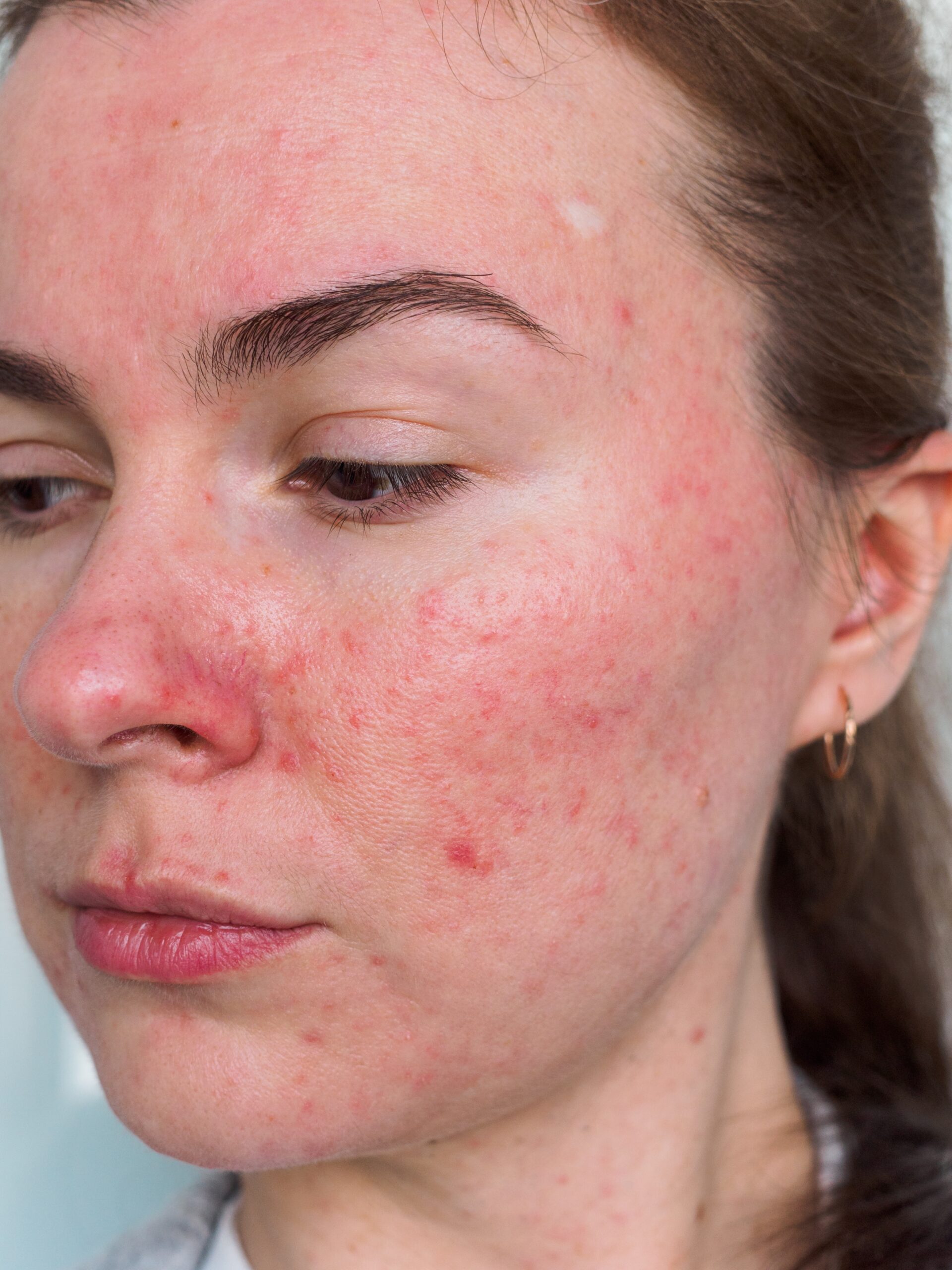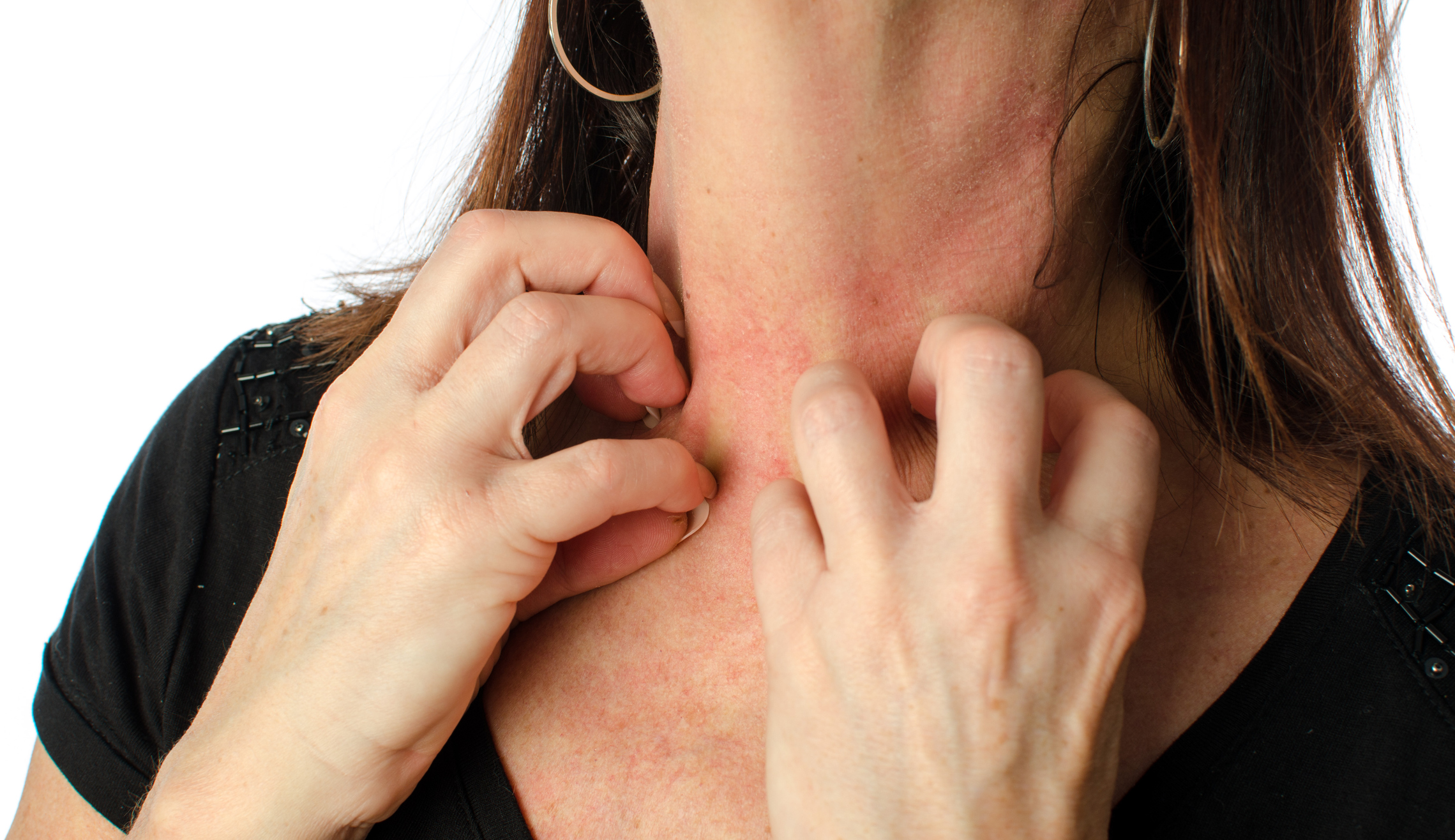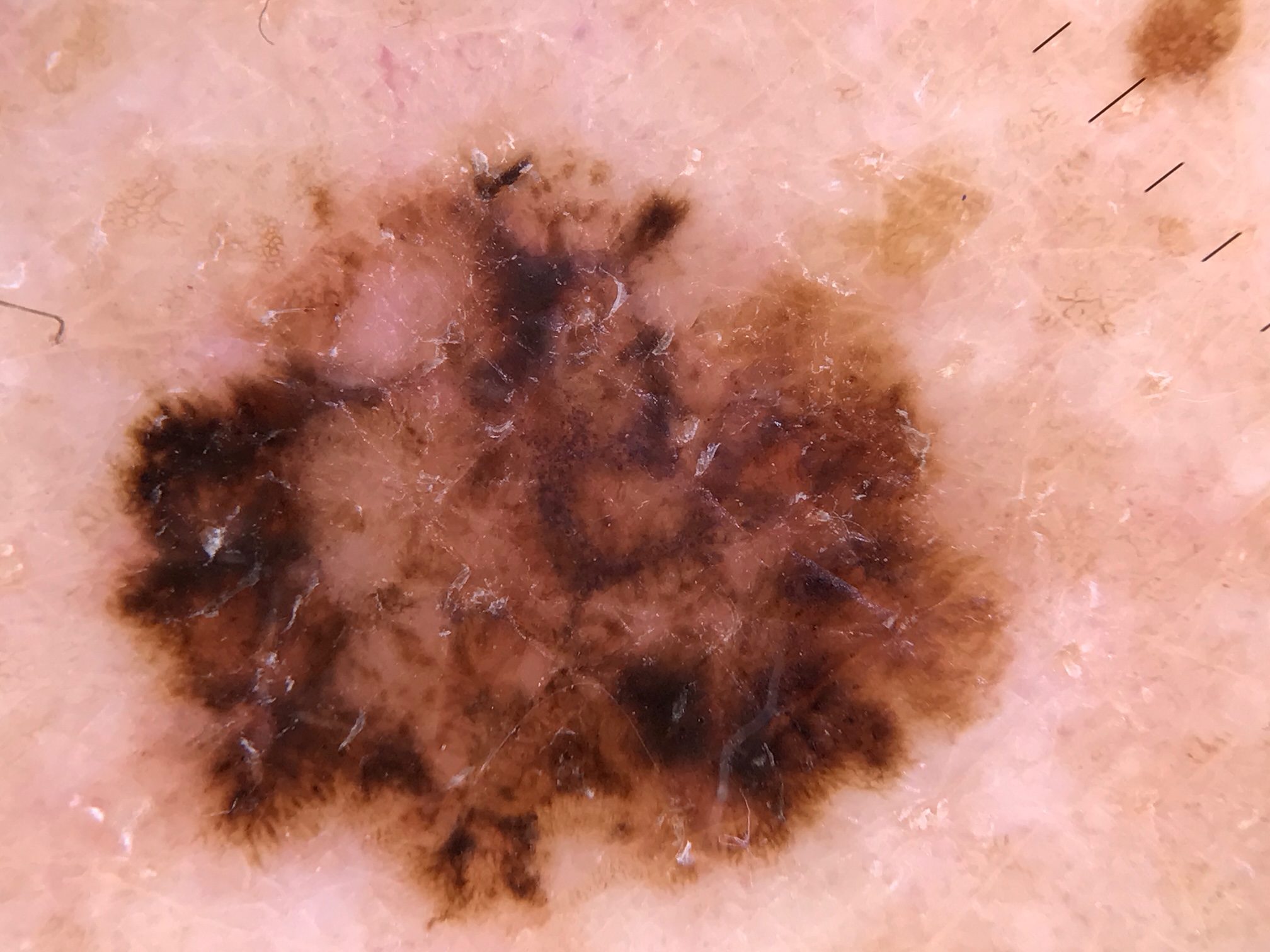Chemical peel refers to a medical procedure that consists of applying one or more chemicals onto the skin, targeting the damaged cells, “burning them”, and facilitating the resurfacing process of the skin. It is important to distinguish chemical peels done in spas and in dermatology offices because these are two completely different procedures. The ones done in spas are considered more as home treatments: less effective chemicals are used, different post-procedure effects are observed, and more sessions are required for results to become visible.
In dermatology, three different types of chemical peels are used: alpha-hydroxy peels, trichloroacetic acid peels, and phenol-croton oil peels.
Peel works by removing multiple layers of sun-damaged skin cells, leaving only the fresh skin that has more even colour and surface. It helps to stimulate collagen production to improve the overall texture of the skin.
Chemical peels are often used to treat skin damages caused due to sun exposure (photoaging), including Actinic Keratoses. They are also used to remove pigmentation in patients who have melasma and freckles as well as improve acne. Lastly, they can reduce facial fine lines and wrinkles.
Peels are repeated as needed. Usually, the procedure is repeated every 3 to 6 weeks, if required.
The chemical peels are distinguished based on their strength. They are divided into three categories: superficial peel, medium depth peel, and deep peel.
In superficial peels, glycolytic acid, Jessner solution, and salicylic acid are used. They are also called “lunchtime peels” due to their lighter effects and are mostly performed in spas by aestheticians. They remove lesions on the skin surface which helps to reduce the surface dryness and overall pigmentation. Multiple sessions are needed for results to become evident. Superficial peels are usually done in salons.
The clinical graded resurfacing is considered a surgical procedure and should be performed only by a board-certified dermatologist or a plastic surgeon.
In the medium-depth peel, trichloroacetic acid (TCA) is used. The concentration of the chemical is carefully calculated by a physician and may vary between 15-35%. The treated areas tend to be swollen, red, and crusted on the next days after the procedure was done. It can lead to impressive improvements in the skin texture: blotchy pigmentation, freckles, and actinic keratoses will be reduced. Fine lines, wrinkles, and acne scars will also become less obvious. However, there may be no to little effect on areas with deep furrows.
The deep peel uses phenol, which causes a significant skin injury. Nowadays, it is rarely used due to scarring side effects and its toxicity level. However, it is believed to be effective in improving deep furrows and surface wrinkles.
The overall peeling procedure starts with washing the face thoroughly to remove the surface oil followed by applying the peeling agent for several minutes. It stings – the duration depends on the chemical used, its concentration, and other individual factors. A fan can be used to help to deal with stinging sensations. After the peel is neutralized and the burning sensation should lessen.
The superficial peels cause mild facial redness and swelling that disappears after 48 hours. The peeling is similar to a regular sunburn. Most people can continue their normal activities after the procedure. Makeup can be applied a few hours after the procedure.
The moderate depth peels result in intense inflammation and swelling that takes a week to resolve. The peeling is considered to be more marked. Mild redness can last for a few weeks. Most people take a week off from work to recover from the moderate depth peel.
After the peel, it is highly advised to stay protected from the sun. Skin must be moisturized. Picking should be avoided because it slows down the healing process and results in unwanted scarring.
The complications after chemical peel are uncommon if the health professional who is performing the procedure is properly trained and experienced. The doctor’s instructions should be carefully followed. In case of any complications, the doctor should be notified promptly.
Centre for Medical and Surgical Dermatology offers unique and personalized chemical resurfacing treatment options for each patient.



